
An often quoted proverb tells the story of three brothers who were born speaking different languages: Tibetan, Naxi, and Bai. Each settled in different areas of Yunnan and Tibet, respectively, the high area, the middle area, and the low area.
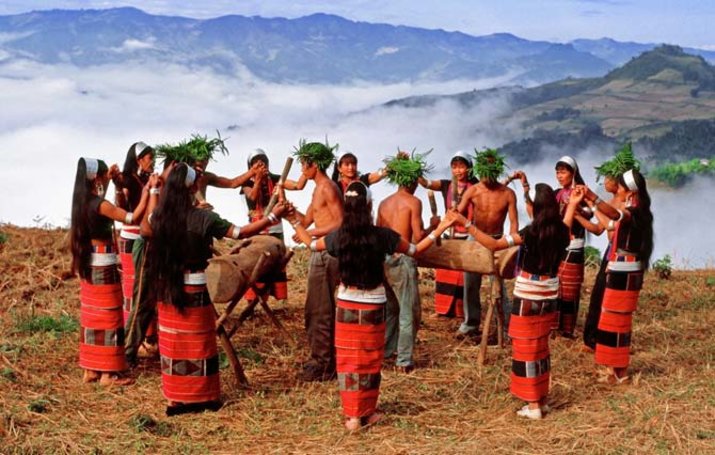
Yunnan is noted for a very high level of ethnic diversity. It has the highest number of ethnic groups among all provinces and autonomous regions in China. Among the country's 56 recognised ethnic groups, 25 are found in Yunnan. Some 38% of the province's population are members of minorities, including the Achang, Bai, Bulang, Buyi, Dai, De'ang, Dulong, Hani, Hui, Jingpo, Jinuo, Lahu, Lisu, Miao, Mongolian, Naxi, Nu, Pumi, Sani, Shui, Tibetan, Wa, Yao, Yi and Zhuang.
Several other groups are represented, but they live neither in compact settlements nor do they reach the required threshold of five thousand to be awarded the official status of being present in the province. Some groups, such as the Mosuo, who are officially recognised as part of the Naxi, have in the past claimed official status as a national minority, and are now recognised with the status of Mosuo people.
| Achang | Hani | Dai |
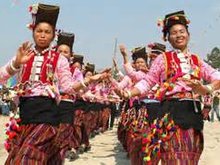 |
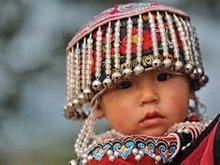 |
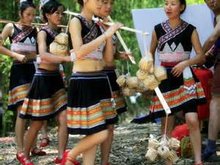 |
While the ethnic groups are widely distributed all over the province 10 of them are living in border areas and river valleys including the Achang, Bai, Buyei, Dai, Hui, Manchu (the Manchu, remnants of the Qing administration, do not live in compact settlements and are in all respects indistinguishable from the Han), Mongolian, Naxi, Shui and Zhuang, with a combined population of 4.5 million; those in low mountainous areas are the Blang Hani, Jingpo, Jino, Lahu, Va, and Yao with a combined population of about 5 million; and those in high mountainous areas are Drung, Lisu, Miao, Pumi and Tibetan, with a total population of about 4million.
| Bai | Naxi | Jingpo |
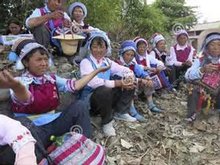 |
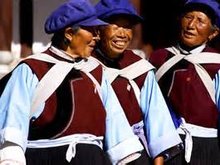 |
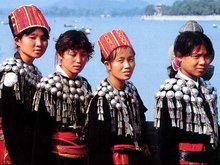 |
For more information on the distribution of ethnic minorities throughout Yunnan, please visit our Maps section or EthnicChina for a further overview.
- 2258 reads
